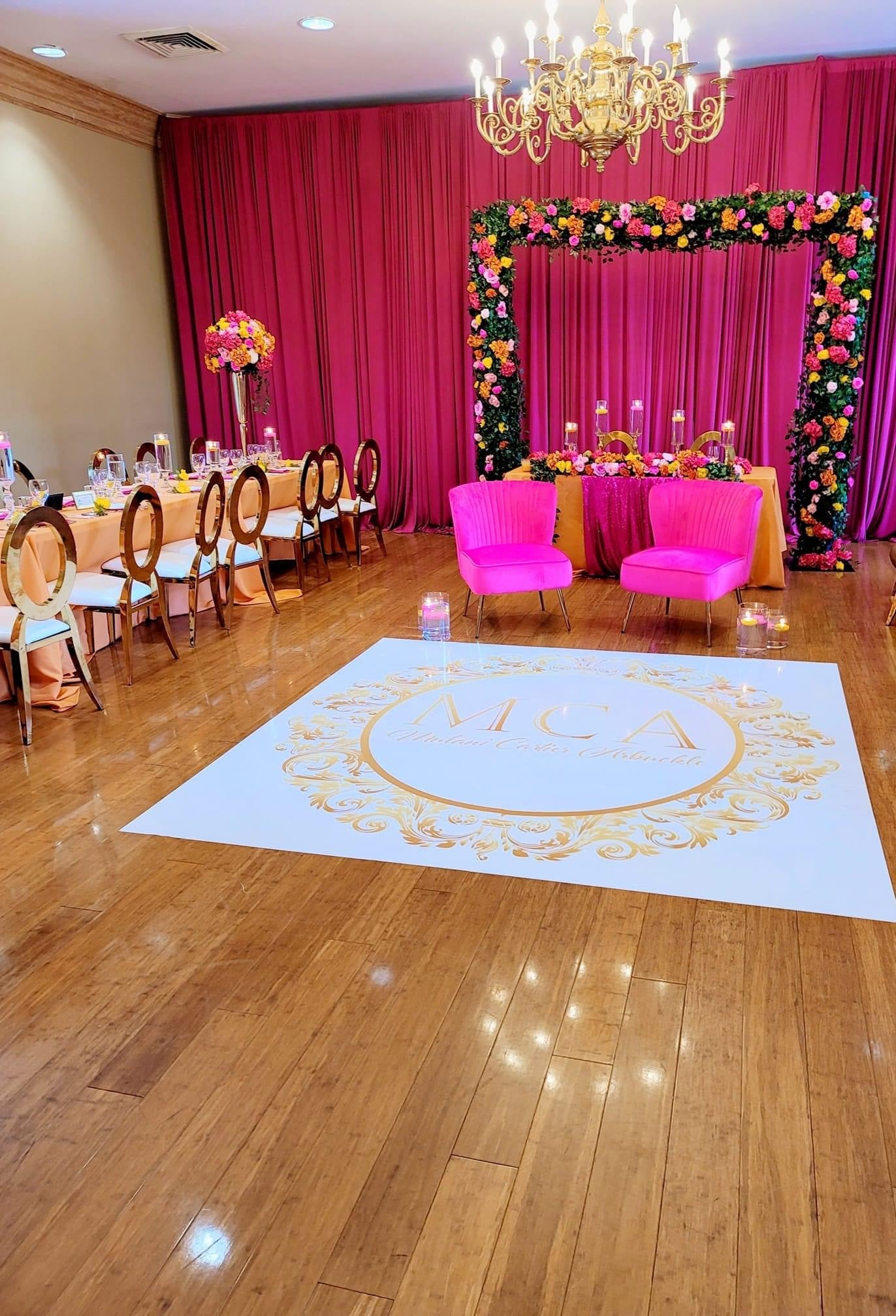Investigating the Diverse Materials That Transform Dance Surfaces into Breathtaking Visual Experiences
Investigating the Diverse Materials That Transform Dance Surfaces into Breathtaking Visual Experiences
Blog Article
Dance floors have evolved significantly over the years, becoming more than just a space to move to melodies. Today, they are converted into stunning visual encounters through the use of multiple substances and technologies. These substances not only improve the visual appeal of the area but also improve the complete encounter for dancers and spectators alike. Understanding the flexible materials that add to these vibrant environments can offer understanding into the craft of dance floor design.
One of the most frequent substances used in contemporary dance floors is light-emitting diode illumination. Light-emitting diode lamps are energy-efficient and can produce a wide range of colors and effects. They can be integrated in the floor itself or used as part of a illumination system above the dance floor. This innovation allows for coordinated light displays that can change in reaction to the music, creating an immersive experience. The capability to configure these lamps means that they can be tailored to fit different concepts or atmospheres, making each occasion unique.
Another crucial material is reflective materials, such as reflectors or shiny tiles. These surfaces can create an deception of space and depth, making the dance floor appear larger than it actually is. When performers move, their reflections can add an extra layer dance floor wraps for bat mitzvahs of visual appeal, enhancing the complete performance. Additionally, reflective materials can engage with lighting effects, amplifying the hues and designs displayed on the floor. This combination of light and mirroring can enthrall audiences and elevate the vitality of the event.
In addition to lighting and reflective materials, the use of digital screens has become progressively popular in dance floor creation. These screens can show vibrant visuals, animations, or even real-time feeds of the performance. By integrating digital innovation, event organizers can create a comprehensive experience that involves both the dancers and the audience. The capability to alter visuals in actual time allows for a dynamic atmosphere that can adjust to the beat and vitality of the melodies, making each moment feel fresh and exciting.
Additionally, the selection of flooring material itself plays a key role in the complete experience. Classic wooden dance floors are still preferred for their durability and functional qualities. However, newer substances like vinyl and rubber are gaining favor due to their flexibility and simplicity of maintenance. These substances can provide better impact absorption, minimizing the risk of injury for performers. Additionally, they can be designed with various patterns and colors, allowing for creative expression in the dance floor's appearance.
In conclusion, the transformation of dance floors into stunning visual experiences relies on a combination of creative substances and technologies. Light-emitting diode illumination, mirror-like surfaces, electronic screens, and customized flooring materials all contribute to creating an engaging setting for dancers and spectators. As technology continues to advance, the possibilities for improving dance floor design will only grow, making future events even more enthralling and memorable. Comprehending these materials helps value the craftsmanship involved in creating environments where dance and music come together in unison.